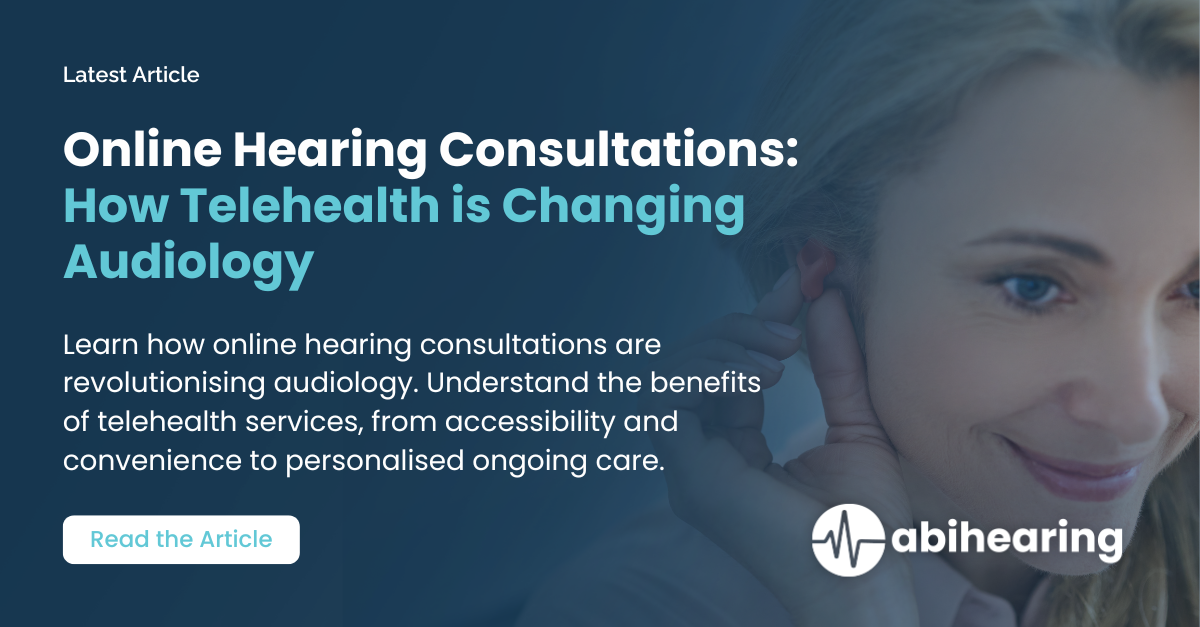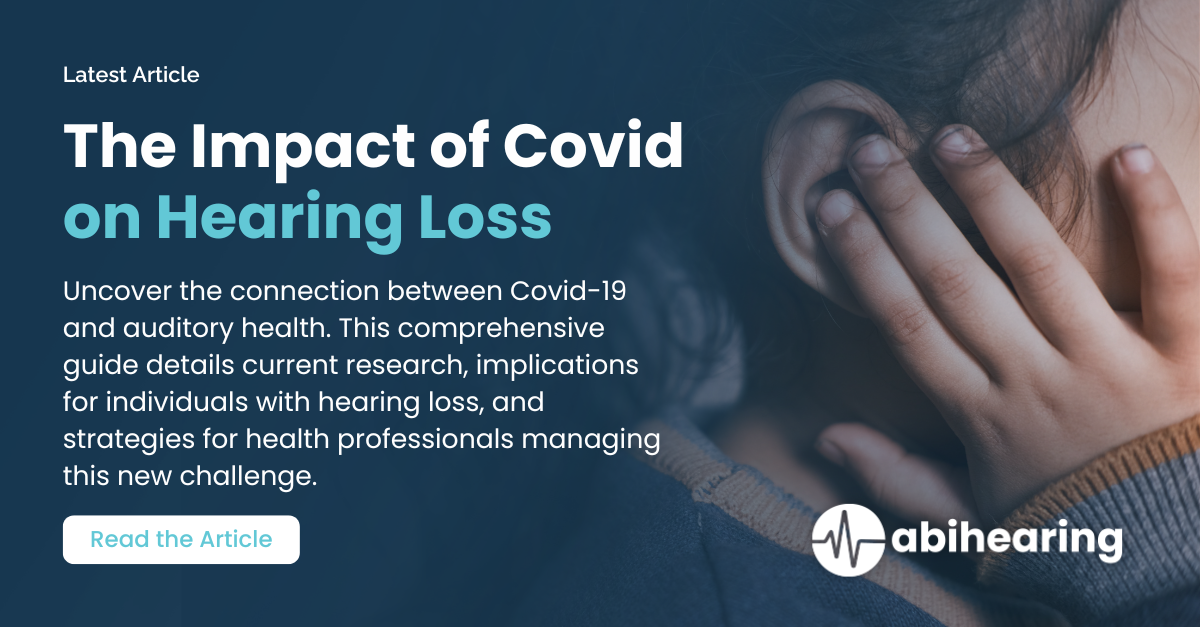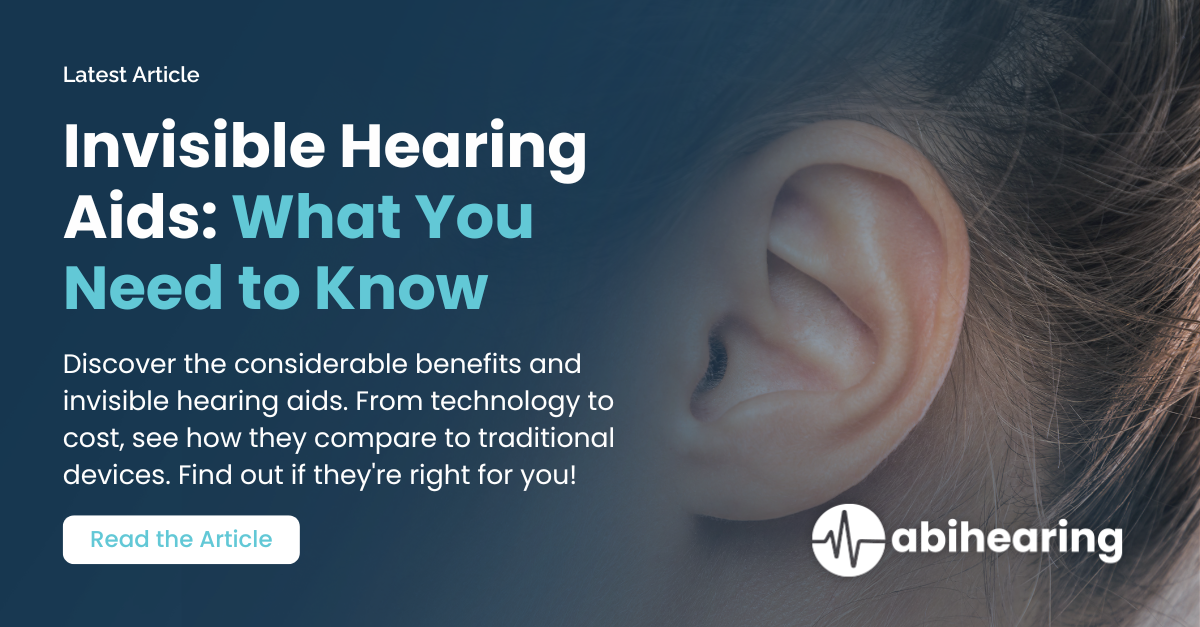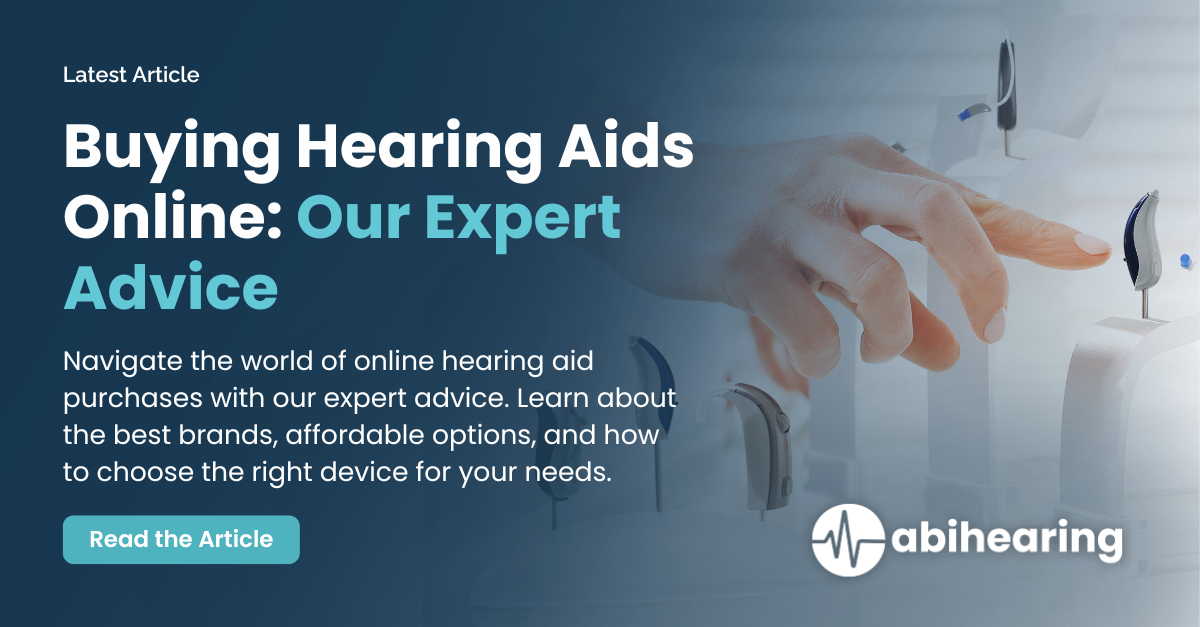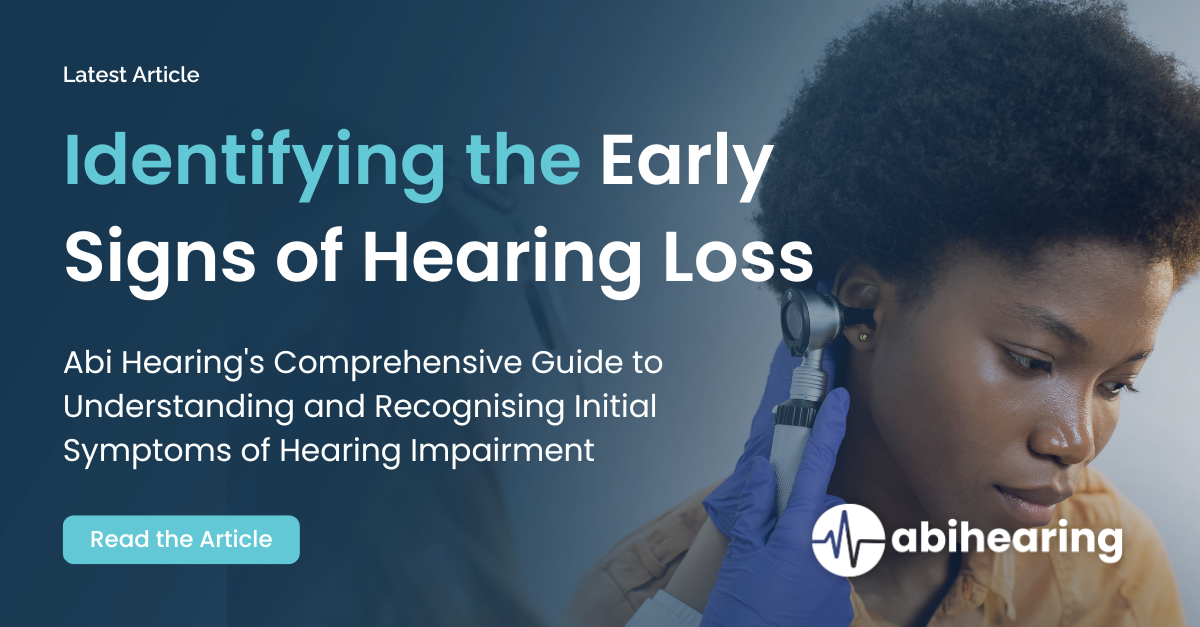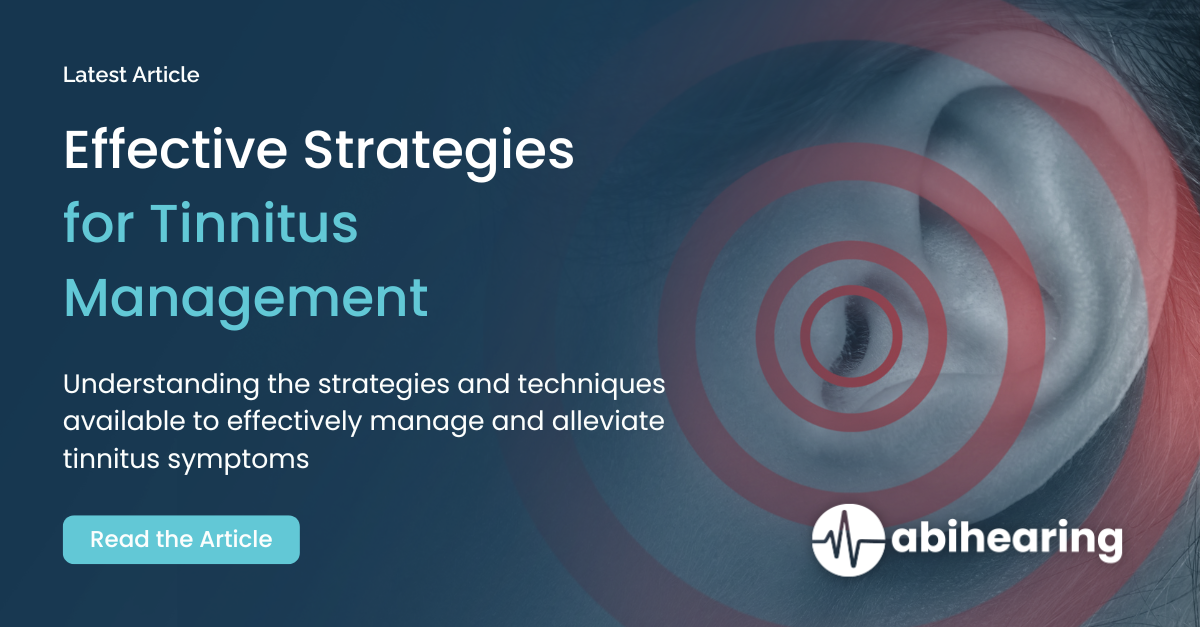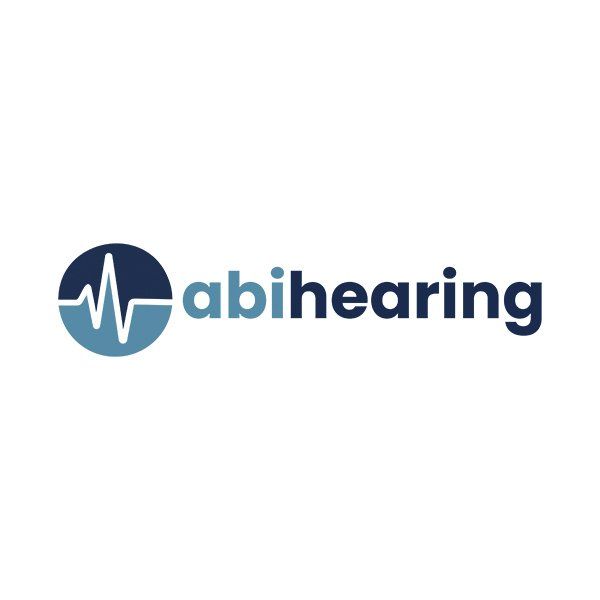Critical Steps to Avoid An Industrial Deafness Compensation Claim
In many industries, the prolonged exposure of employees to loud noises is causing serious health problems, some of which escalate to a point where permanent impairment occurs.
These cases almost always lead to a workers compensation claim being made. As a business owner, it is your responsibility to ensure all measures have been taken to minimise the risk of industrial hearing loss or deafness.
Hearing loss of employees caused within the occupational environment is mainly related to the exposure of consistent high levels of noise, but intermittent exposure can be just as risky. In addition to this, vibrations from crushers, heat from boilers, and various toxic chemicals such as organic solvents, heavy metals and fuels can also affect hearing. When these factors are associated, the risk of industrial deafness becomes even more significant.
What is Industrial Deafness?
Industrial deafness is defined as "damage to the hearing capability of one or both ears resulting from factors related to the work environment”.
Machine operators, miners, metallurgists, steelmakers, and construction workers are examples of professionals continually exposed to the risk of industrial deafness.
Impacts of Industrial Deafness on Employees and What You Can Do to Prevent it
Employers are obligated to implement the necessary protection against the causes of industrial deafness.
There are several steps you can take to ensure safety at your workplace:
Provide employees with hearing protection devices such as earplugs or earmuffs
These devices will help to reduce the amount of noise that the employee is exposed to, and will help to prevent any long-term damage to their hearing.
Ensure machinery has noise reduction features, such as insulation and mufflers
Noise reduction features can help to minimise the amount of noise that is emitted from machinery. This will help to protect employees from being exposed to loud noises, and will help to prevent any long-term damage to their hearing.
Implement a frequent hearing test programme for high risk employees
If there is a change in the employee's health history, where the exams prove hearing loss as a cause of occupational disease, the company is responsible for indemnifying that employee.
Industrial Deafness Symptoms
Some common symptoms of industrial deafness include the perception of decreased hearing ability, ringing in the ears, and a feeling of fullness in the ears. If your employees are experiencing any of these symptoms, it is important they seek medical attention right away:
- Buzzing
- Hissing
- Whistling
- Difficulty understanding speech
- Headaches
- Nausea and vomiting
- Vertigo (dizziness)
- Jaw pain and
- Increased sensitivity to loud noises
How to Reduce the Risk of an Industrial Deafness Compensation Claim?
If you work in an industry where there's a high risk of encountering loud noise, of course, you want to keep your employees ears safe, but how exactly?
Here are some tips that can help you avoid industrial deafness:
Be familiar with common causes of industrial deafness
There are several factors that may contribute to this issue such as the duration and the intensity of the exposure, type of equipment or machinery involved, previous history of ear problems and recreational activities.
The most common causes of industrial deafness are prolonged exposure to loud noises, typically at work, and not using hearing protection. Other causes can include but are not limited to:
Genetics
Some people are born with a higher risk of noise-induced hearing loss, so they are more vulnerable for industrial deafness. This is because they may not be able to adequately protect their ears from the loud noises that are emitted from machinery and other equipment in the workplace. It is important for these individuals to take extra precautions to ensure their safety, such as using hearing protection and being aware of the common causes of industrial deafness.
Illness or Injury
If an employee is diagnosed with hearing loss it is important for the company to take steps to ensure their safety and protect them from any long-term damage. This may include implementing a hearing test programme, as well as providing hearing protection for employees who are at risk of being exposed to loud noises.
Medications
Some medications, including antibiotics and chemotherapy drugs, can damage the inner ear and lead to hearing loss. It is important for employers and employees to be aware of the risks associated with taking these medications and to take steps to protect their ears if they are required to take them.
Seek Help From a Medical Professional
Noise-induced hearing loss is a serious issue and must be treated as soon as possible to minimise the risk of irreversible damage. Monitoring the condition at regular intervals is important to ensure it does not deteriorate further. It's best to seek medical attention early; an audiologist can determine if there is anything going wrong and will advise on the necessary steps to take next – from short-term treatment to long-term prevention.
What Obligations Does a Company Have?
The employer is obliged to establish a series of preventive measures. Ignoring these obligations increases risk of your company being served an industrial deafness compensation claim.
Reduction at the origin
- Replacing the machine or the work process that could cause damage to employees hearing
- Relocating the noise source or isolating it with an enclosure
- Introducing modifications to limit noise output
- Carrying out regular maintenance of the machinery
Exposure Reduction
If the above is not possible, the exposure time must be reduced, as well as the number of workers exposed:
- Perform the noisiest operations when the fewest workers are present on the task
- Rotate tasks frequently
- Limit the time of exposure
- Provide ear protection to any worker who is exposed to noise levels above 80 dBA for 8 hours or more
- Provide regular hearing tests for employees who are exposed to high noise levels
- Train workers on the risks of exposure to loud noises and instruct them in the use of ear protection equipment
- Monitor decibel levels to ensure that they do not exceed 85 dBA
Conclusion
In 2022, industrial deafness is a growing problem. The good news is that you can protect your employees from it by being well-informed about the possible risks and symptoms - the earlier you monitor hearing health, the better chances of recovery or prevention.

